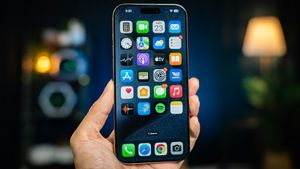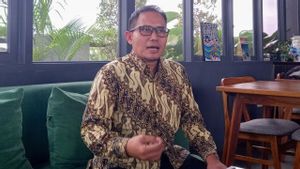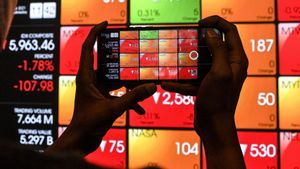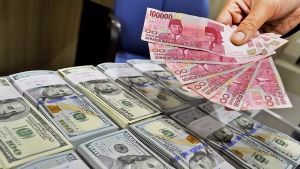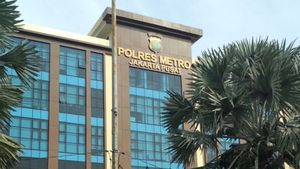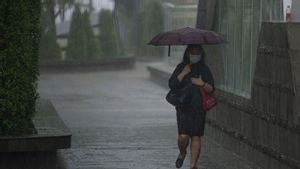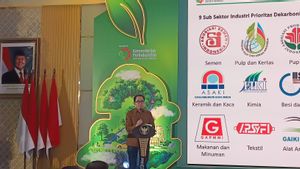YOGYAKARTA - Hundreds of Rupiah trillions have been budgeted by the government every year for what? Yes, for subsidized funds. Subsidized funds are taken through the APBN. So what is the main purpose of the government providing bbm subsidies?
In the KBBI, subsidies are termed as money assistance and so on for foundations, associations, and so on (generally from the government). Connecting this definition, in simple terms, government subsidies can be termed subsidies given by the government to the people.
Provision of subsidies is a crucial thing in the economy of a country. The reason is, the subsidy of the government can have an influence on input, output, and prices of various types of commodities. The government's goal is to provide subsidies, including:
Government Subsidy Economic Review
According to the economic concept, subsidies are financial assistance from the government. The form of this government subsidy varies, such as grant, tax break, or trade barrier with the intention of supporting the production or purchase of goods.
Furthermore, the World Trade Organization classifies subsidies as the following form.
Government Subsidy of Indonesia
Talking about government subsidies, which have recently been discussed, maybe regarding the cooking oil subsidy. Initially in 2022, the government had disbursed cooking oil subsidies of Rp7.6 trillion and determined the highest retail price (HET) for cooking oil. However, after a while later, the HET policy was revoked and wanted to be replaced by cooking oil BLT.
It is important for you to know that since 2009, cooking oil has been removed from the subsidy budget list funded by the state budget. According to data from The Prakarsa, a year earlier, in 2008 the government allocated Rp103.3 billion of APBN funds for cooking oil subsidies. The elimination in 2009 was carried out to resolve the commodity price, which at that time was experiencing problems.
Then, what about the current government subsidies? According to data from the Ministry of Finance, the government's subsidy quota for 2021 is at IDR 175.4 trillion. This figure decreased by Rp. 16.5 trillion from the subsidy quota for 2020 which amounted to Rp. 192 trillion.
Recently Energy and Nonenergy Subsidies
The Indonesian government distributes various forms of subsidies to the community every year. The subsidy funds are taken from the APBN. This subsidy is categorized into two large groups, namely energy subsidies and non-energy.
The figures disbursed for the non-energy subsidy alone amounted to Rp64.8 trillion. The non-energy government subsidy assistance model, among others:
To distribute a number of non-energy subsidies, the government carried out a number of special steps. The Ministry of Finance explained that there were five important steps that the government had taken throughout 2021. These steps are as follows.
Negative Influence of Government Subsidy Provision
The government distributed subsidies for a number of noble purposes. However, despite these goals, Evi N. Afifah in the Journal of Business & Political Economy Vol 9 explained that government subsidies also have negative externalities.
The negative result in question is as follows.
The government subsidy can be termed as subsidies given by the government to the people. The form of government subsidies can be classified as energy subsidies and non-energy subsidies. Models of energy subsidies, namely fuel subsidies and electricity subsidies. Then, the model of non-energy subsidies, is a fertilizer subsidy, KUR subsidies, and so on.
After knowing the government's main goal of providing bbm subsidies, see other interesting news only on VOI, it's time to revolutionize news!
The English, Chinese, Japanese, Arabic, and French versions are automatically generated by the AI. So there may still be inaccuracies in translating, please always see Indonesian as our main language. (system supported by DigitalSiber.id)



